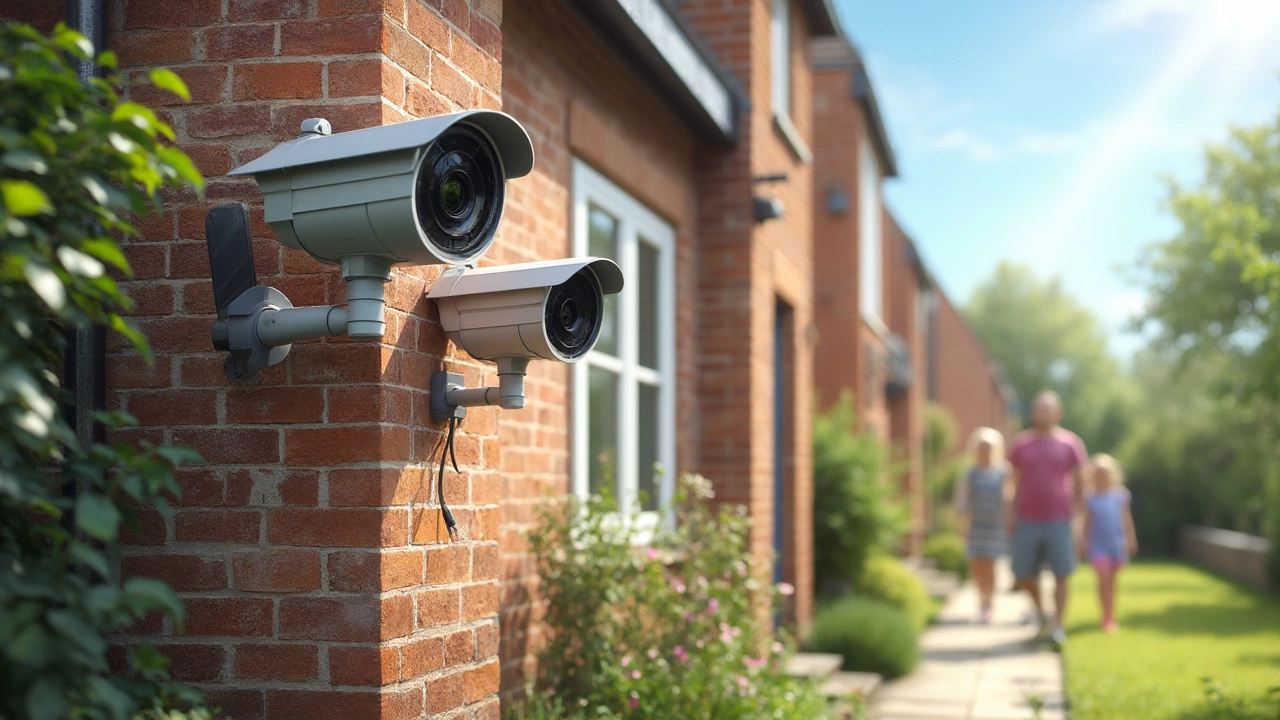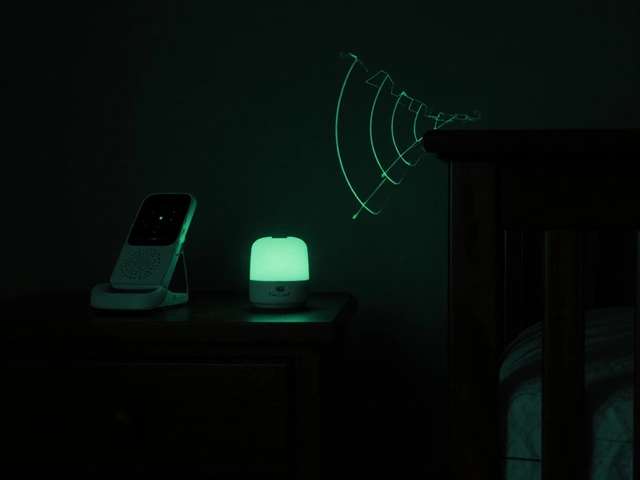Power Sources for Smart Home and Security Devices – What Works Best in 2025?
When you add a smart doorbell, camera or alarm to your home, the first question is – how will it get power? The answer isn’t one‑size‑fits‑all. Different devices need different sources, and the right choice depends on your wiring, budget and how much you want to rely on the grid.
Wired vs Battery: The Core Decision
Most video doorbells let you pick between a hard‑wired connection and a battery pack. A hard‑wired doorbell usually plugs into the existing 12‑24 V transformer that powers your chime. If the transformer is old or you don’t have a compatible voltage, you’ll need a new one – a small cost that saves you on frequent battery swaps.
Battery‑powered doorbells are great if you can’t run new wiring. Modern lithium packs can last anywhere from 6 months to a year, depending on motion settings and Wi‑Fi strength. The trick is to pick a model with a low‑power mode and keep the firmware updated; that squeezes the most life out of the battery.
Backup Power and Off‑Grid Options
Even the best‑wired system can go dark during a power cut. That’s why many security brands offer battery backup or a UPS (uninterruptible power supply). A small UPS will keep your alarm panel, cameras and doorbell alive for a few hours – enough to send an alert before the power returns.
If you’re eco‑conscious, solar panels can charge a battery that runs your devices. A modest 50‑W panel paired with a 12 V deep‑cycle battery can keep a camera and a doorbell online all day, even on cloudy UK weather, as long as the battery is sized right.
For alarm systems that traditionally needed a phone line, modern options use cellular or internet connections. Some ADT‑style panels can run without a phone line or even without Wi‑Fi, falling back on cellular data. Just remember that cellular plans cost extra, and you’ll need good signal strength.
Wireless cameras that rely on Wi‑Fi are convenient, but they’re vulnerable to router outages. Pair a camera with a small backup battery or a solar‑powered hub to avoid blind spots when the internet drops.
In short, mix and match: use wired power where you can, add battery backups for critical devices, and consider solar or UPS solutions for extra peace of mind. The right combo keeps your smart home running smoothly, no matter what the grid does.


